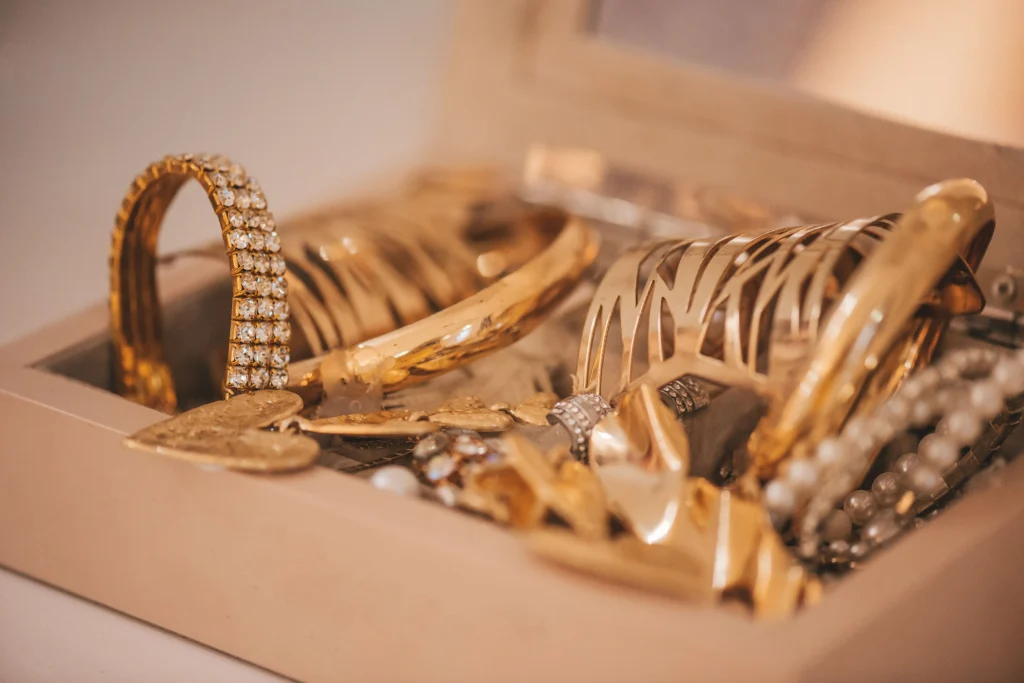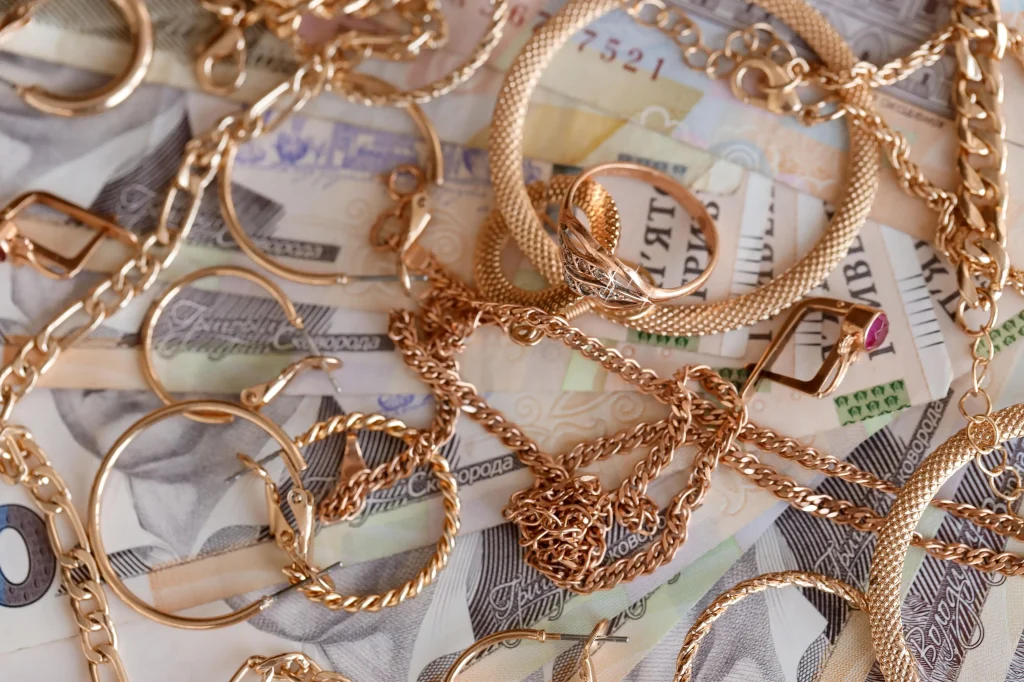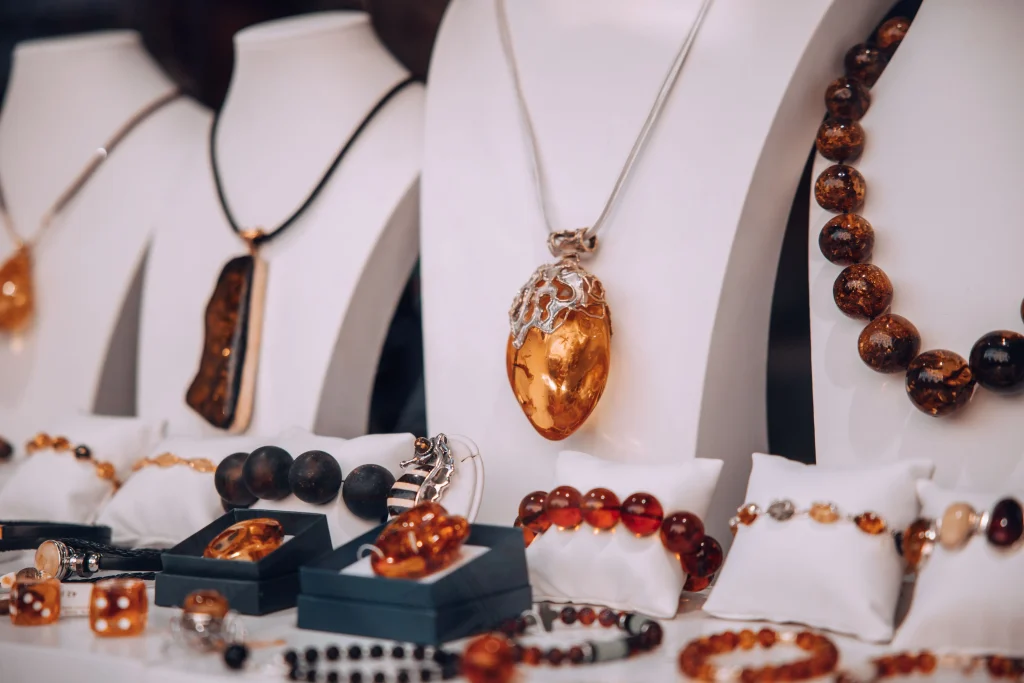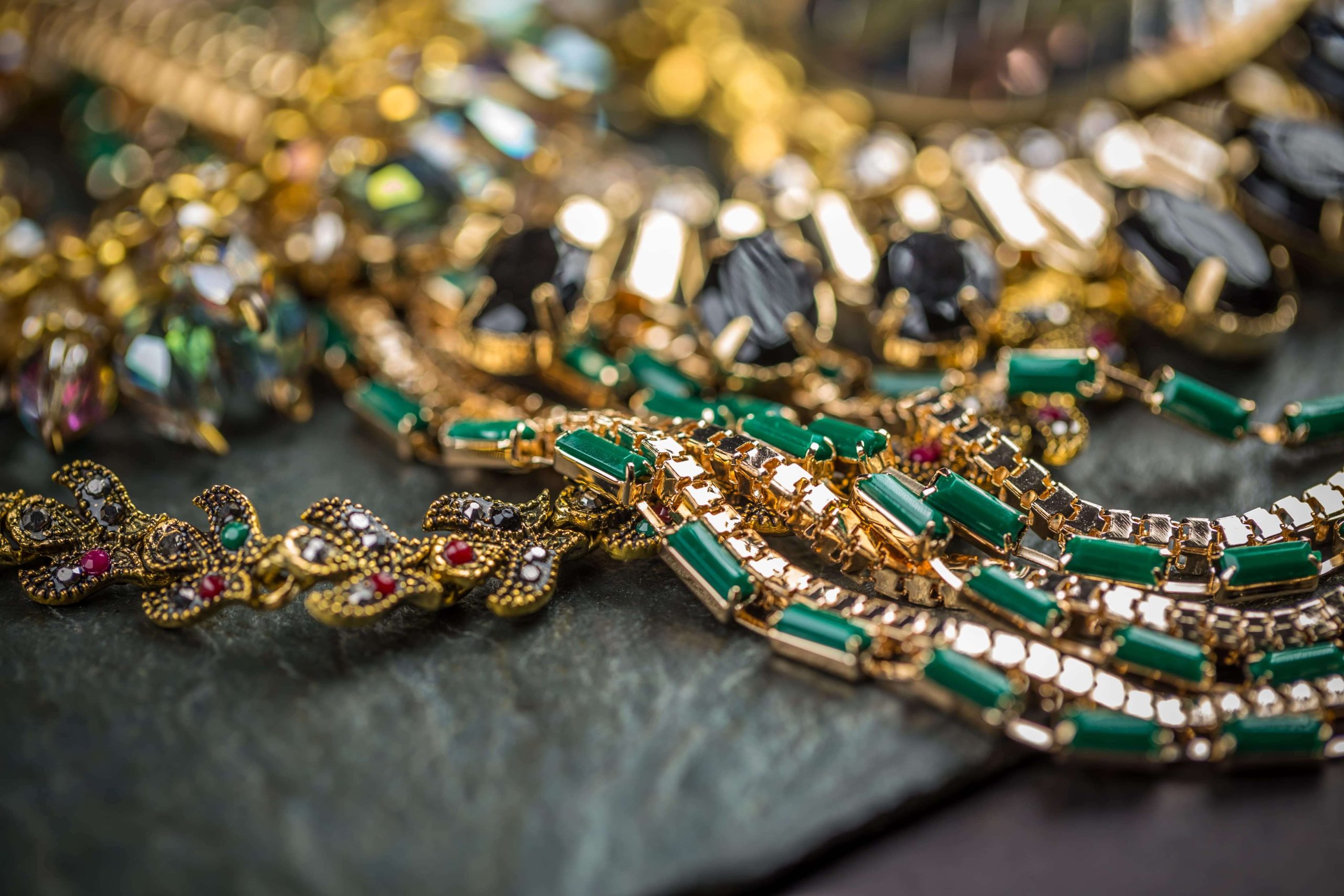The appeal of precious metals and stones has long had a special attractiveness in the world of finance. A common query that comes up as we make our way through the complicated world of finance is: Is jewelry a wise investment? This is a question that many ask themselves, particularly when they are thinking about other ways to increase their money. Purchasing jewelry can seem like a tempting idea because of the eternal elegance of jewels and the brilliant attraction of gold. But before venturing into this area, it’s critical to evaluate its feasibility, taking into account aspects other than visual appeal.
Let’s start by exploring a distinct investment environment, which is the rapidly expanding real estate sector. A short look at current market trends reveals an intriguing development: an increase in the demand for homes such as the gorgeous condo for sale buried in the middle of bustling urban environments.
Items to Invest in
Real estate has long been regarded as one of the most secure and profitable assets, providing both security and the potential for significant returns. The temptation of owning property, whether for a home or an asset, is undeniable. However, when the market experiences changes and uncertainty, investors are looking for alternate ways to diversify their portfolios. This raises the intriguing question of whether jewelry remains a viable investment option.
Gold, which is frequently associated with stability and wealth preservation, has long been seen as a safe haven asset. Similarly, a good investment jewelry, which includes pieces made of precious metals and gemstones, has gained popularity as a possible source of wealth building. But can the allure of gold translate into a dependable investing opportunity? The concept of investing in gold jewelry has long been debated by investors and financial experts alike.

Proponents of investing in jewelry claim that it provides a physical item with inherent worth that is unaffected by market fluctuations. Unlike stocks and bonds, which fluctuate due to economic and geopolitical causes, jewelry is a physical asset that can be passed down through generations. Furthermore, the temptation of owning great things created by renowned designers lends prominence and exclusivity to the investing portfolio.
However, detractors raise reasonable questions about the feasibility and liquidity of jewelry investments. Unlike stocks and real estate, jewelry lacks regulated pricing systems, making it difficult to determine its genuine market value. Furthermore, the resale value of jewelry is also influenced by design trends, craftsmanship, and current market attitudes, complicating the investment environment.
Pros and Cons of Investing in Jewelry:
Pros:
- Tangible Asset: Jewelry represents a tangible asset with intrinsic value, providing a sense of security and stability, particularly during economic uncertainties.
- Diversification: Investing in jewelry allows for portfolio diversification, reducing overall investment risk by incorporating alternative assets.
- Emotional Value: Beyond financial returns, jewelry holds emotional significance, serving as heirlooms passed down through generations, which can be invaluable to families.
- Prestige and Exclusivity: Owning high-quality jewelry crafted by renowned designers adds prestige and exclusivity to one’s collection, elevating its perceived value.
Cons:
- Lack of Liquidity: Jewelry investments can suffer from liquidity constraints, as finding buyers willing to pay the desired price may prove challenging, particularly during downturns in the market.
- Subjectivity in Valuation: Determining the true market value of jewelry can be subjective, influenced by factors such as design, craftsmanship, and prevailing trends, leading to potential discrepancies in the pricing.
- Maintenance Costs: Owning jewelry entails maintenance costs, including insurance premiums, storage fees, and periodic appraisals, which can detract from overall returns.
- Market Volatility: While traditionally considered a safe haven asset, the value of jewelry can still be subject to market volatility, albeit to a lesser extent compared to financial instruments like stocks.
Amidst these opposing viewpoints, it is critical to take a balanced approach when assessing the value of jewelry as an investment. While gold jewelry investing may provide protection against inflation and currency depreciation, it is critical to diversify one’s portfolio in order to properly manage risks. Investors who devote a significant amount of their money to jewelry may face liquidity constraints and valuation difficulties.

Nonetheless, the fascination of jewelry goes beyond its financial value. Many people invest in jewelry for more than just financial reasons, since it represents emotional significance and cultural legacy. The inherent value of heirloom objects passed down through generations far outweighs their commercial value, demonstrating the intangible benefits of such investments.
As we consider the issue “Is jewelry a good investment,” it becomes clear that the answer is nuanced. While jewelry may not provide the same liquidity and transparency as typical financial assets, it remains appealing as a statement of wealth, status, and personal flair. Whether seen through the lens of financial pragmatism or emotional pleasure, the decision to invest in jewelry is ultimately driven by personal tastes and goals.
Something To Ponder On
The debate question “Is jewelry a good investment” highlights the difficulties of financial decision-making. While some may see it as a physical asset with the potential for long-term growth, others may approach it with caution, aware of its inherent obstacles and limitations. Regardless of perspective, the appeal of jewelry continues to captivate hearts and minds with its ageless charm and enduring allure.
So, as you traverse the maze of investment alternatives, from the appeal of a for-sale condo to the sparkling promise of jewelry as an investment, keep the pros and drawbacks in the mind. In a world dominated by ever-changing markets and trends, striking the correct balance between financial prudence and personal fulfillment is critical. Whether you choose to adorn yourself with brilliant gems or diversify your portfolio with alternative assets, let your investment journey to represent your individual goals and values.

Essentially, the debate “Is jewelry a good investment” highlights the difficulty involved in the making of financial decisions. While some might see jewelry as a material investment that can appreciate over time, others could approach it with caution, aware of its limitations and inherent difficulties. Notwithstanding the range of opinions, people are nevertheless drawn to jewelry because of its enduring appeal and alluring beauty.
Takeaway
In the end, it’s critical for investors to carefully consider the advantages and disadvantages a good investment option as they navigate through the multitude of options, from the promise of gold jewelry to the appeal of a luxurious apartment. Finding the ideal balance between financial prudence and personal fulfillment is crucial in a world where trends and markets are constantly changing. Individual objectives and beliefs should be reflected in the financial journey, regardless of whether the person choose to diversify their portfolio with alternative assets or adorn oneself with gorgeous stones.


